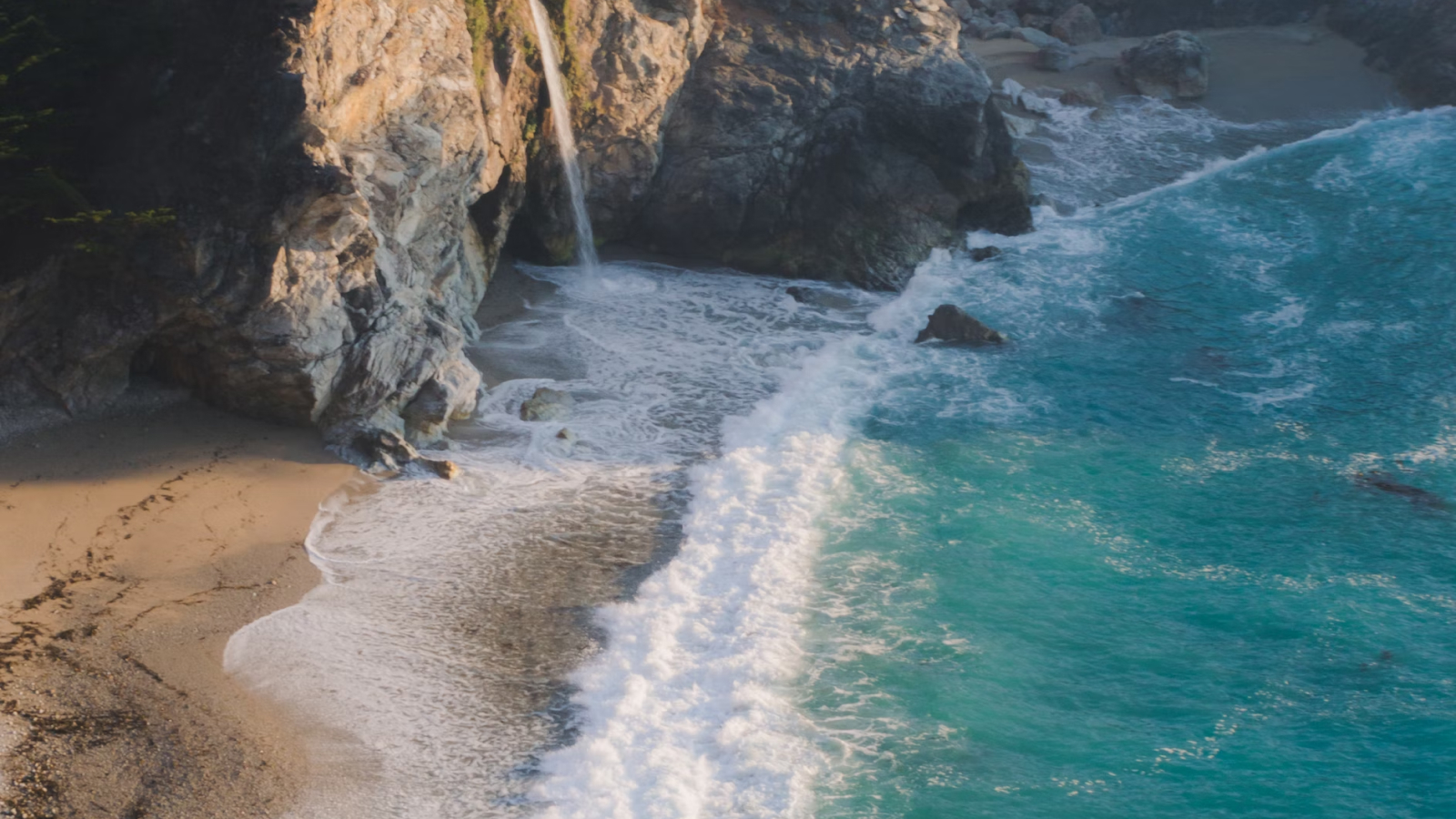Issue
Coastal Georgia is under intense development pressure and faces increased threats from the effects of global climate change. Although the state’s coastal habitats are in a relatively natural condition compared to other East Coast states, without immediate action these stressors are likely to cause irreparable loss of significant ecosystem processes and wildlife habitat that have supported Georgia’s coastal communities for centuries. Coastal land use planning and resource management decisions are made at federal, regional, state, and local government levels. The regional and local agencies in charge of policy are in great need of increased technical capacity for conducting the kinds of analyses and planning necessary to address coastal conservation. Also required are better data, data management and distribution systems, science-based methods, decision-support tools, and training to apply the data and tools to coastal planning and management.
Process
Providing this capacity for state, regional, and local governments facilitated the establishment of the Coastal Georgia Land Conservation Initiative, a group of organizations that includes the Georgia Conservancy, the Georgia Department of Natural Resources (DNR), NatureServe, and the Association County Commissioners of Georgia. The initiative focused on an 11-county coastal region and two pilot county projects. As the lead technical consultant, NatureServe worked in conjunction with Georgia DNR, assisting in the development and compilation of regional data sets, including information about conservation elements (species of greatest conservation need and their habitats and representative ecosystem types) and scenarios of current land use, future land use, and areas of potential inundation from global climate change. The data were input into the NatureServe Vista decision-support system and developed into a regional project and two county projects. NatureServe utilized Vista and other relevant tools (Marxan, Circuitscape, and Maxent) to conduct analyses for the entire coastal region.
Impact
This multi-year effort produced new maps and collections of wildlife resource locations, threats to wildlife, development plans and proposals, and sea level rise scenarios. The project also prioritized areas for conservation throughout the region and worked with Glynn and Camden Counties on the downscaled pilot projects. These analyses documented the relative significance of existing conservation lands, identified areas of high conservation opportunity and vulnerability, and prioritized areas for efficient conservation action. NatureServe and Georgia DNR also increased the capacity for state, regional, and local organizations to continue adaptive planning and implementation by providing a conservation database, methods, decision-support tools, and training to local and regional governments.

